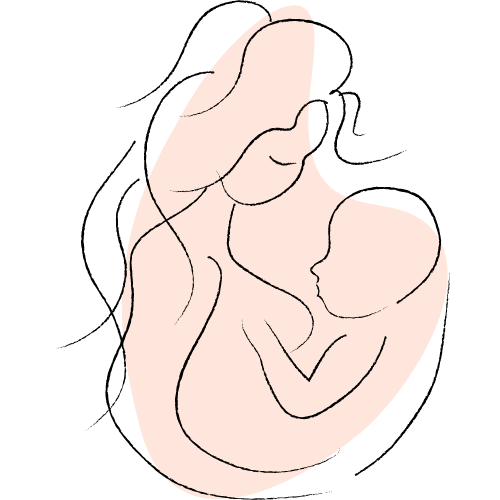Eight Common Signs of Having a Girl: What Does Science Say?
During pregnancy, friends and family might share various signs and folklore to guess whether you’re having a girl or a boy. However, most of these signs are based on traditional beliefs rather than scientific evidence. The most reliable way to determine a baby’s sex is through an ultrasound at around 20 weeks of pregnancy.
In this article, we’ll explore eight traditional signs that are believed to indicate you’re having a girl, along with the science behind them.
1. Severe Morning Sickness
One common belief is that severe morning sickness is a sign of having a girl. Interestingly, some research suggests there might be a connection. A 2017 study found that women carrying girls experienced more inflammation when their immune systems were exposed to bacteria compared to those carrying boys. This increased inflammation might influence how morning sickness is experienced, making it more severe for those carrying girls. However, more research is needed to confirm any definitive link.
2. Extreme Mood Swings
Hormonal changes during pregnancy can cause mood swings, and it’s often said that women carrying girls experience more moodiness due to higher levels of estrogen. However, scientific evidence doesn’t support this theory. Hormone levels increase during pregnancy and decrease after childbirth, regardless of the baby’s sex.
3. Weight Gain Around the Middle
Some people believe that gaining weight primarily around the middle during pregnancy means you’re having a girl, while gaining weight in the front suggests a boy. In reality, where you gain weight during pregnancy is influenced by your body type rather than the baby’s sex.
4. Carrying the Baby High
Carrying the baby high is another traditional sign associated with having a girl. Despite its popularity, this belief has no scientific foundation. The position of the baby bump is more dependent on factors like body type, weight gain, fitness level, and muscle strength.
5. Sugar Cravings
Cravings are common during pregnancy, and some people think that craving sweets indicates you’re carrying a girl, while salty cravings suggest a boy. However, there is no scientific evidence linking food cravings to the sex of the baby.
6. Stress Levels
It’s been suggested that a woman’s stress levels before conception might influence the baby’s sex. A 2012 study found a correlation between high levels of the stress hormone cortisol and an increased likelihood of having a girl. Another study in 2013 observed a decline in male births on the Greek island of Zakynthos after an earthquake, which researchers attributed to elevated community stress levels. While these studies suggest a possible link, more research is needed to understand the connection between stress and the sex of the baby.
7. Oily Skin and Dull Hair
Some believe that having oily skin and dull hair during pregnancy indicates you’re carrying a girl. This belief is not scientifically supported. Changes in skin and hair during pregnancy are more likely related to hormonal shifts and dietary changes rather than the baby’s sex.
8. Baby’s Rapid Heartbeat
Another common myth is that a rapid fetal heartbeat indicates a girl. However, this was debunked by research decades ago. A study found no significant difference in the heart rates of male and female fetuses.
Conclusion
While these traditional signs of having a girl are popular and often shared among friends and family, there is little scientific evidence to support most of them. The most accurate way to determine your baby’s sex remains an ultrasound around the 20-week mark. Remember, every pregnancy is unique, and many factors can influence your symptoms and experiences.
